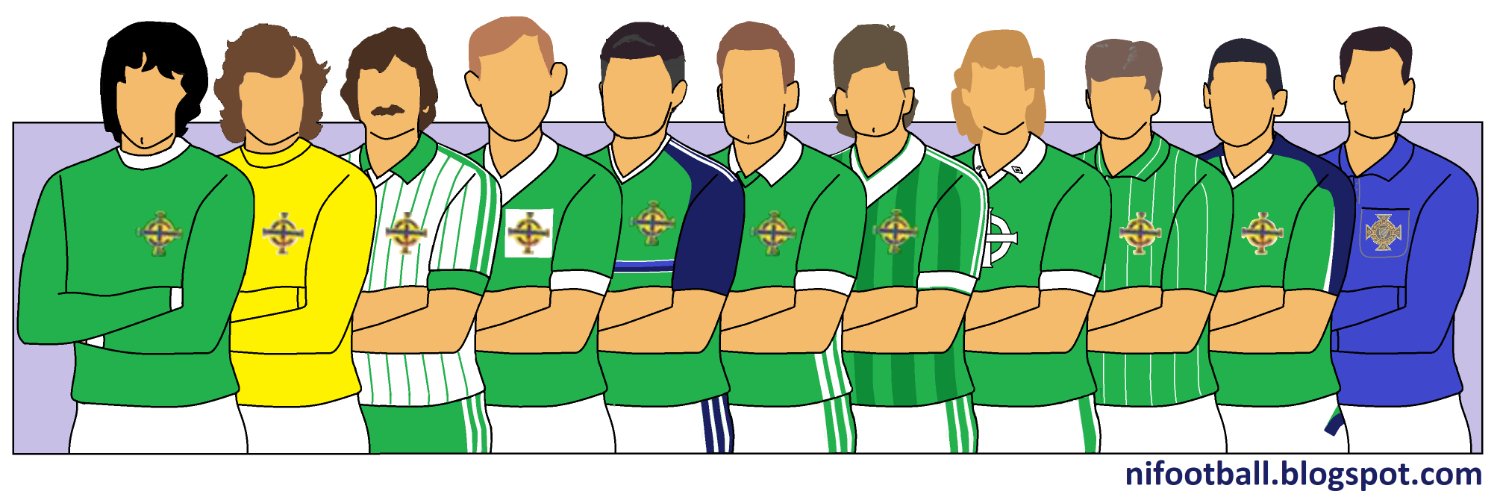British Championships
 |
| Harry Cavan, Irish FA President and FIFA Vice-President with the Home Nations Trophy in 1980 |
The format of the tournament remained largely unchanged throughout its history, being played on a single match round-robin basis, with two points for a win and one for a draw. Until 1979, if points were level the trophy was shared, thereafter goal difference was employed. The match schedule varied over the years; sometimes matches were held throughout the season, at others they were held as a close to the Home Nations' domestic season.
Although the competition spanned 101 seasons, only 88 editions played to a completion. Five editions were cancelled due to the First World War (1914/15-1918/19), seven due to the Second World War (1939/40-1945/46, although an unofficial Victory Championship was completed in the final season) and the 1980/81 edition was not completed due to civil unrest in Northern Ireland.
As this competition was not run under the auspices of FIFA, the Irish FA did not lose the right to refer to their team as Ireland in the Championship after 1954 [this section however uses Northern Ireland from that point]. It was only in the late 1970s that the name Northern Ireland became universally used, although southern-born players had not been selected since 1950.
FIFA did use the 1950 and 1954 editions as World Cup qualifiers, the earlier edition forcing them to act on the issue of "dual internationals" as several players featured for both Ireland sides in the same World Cup series. UEFA also used the 1966/67 and 1967/68 series as qualifiers for the 1968 European Championships.
(Northern) Ireland won the trophy three times outright (1914, 1980, 1984) and shared another five titles (1903, 1956, 1958, 1959, 1964). England were the most successful team (54 titles, including 20 shared), followed by Scotland (41 titles, 17 shared), Wales (12 titles, 5 shared), then (Northern) Ireland. However, as the final winners, Northern Ireland retained the British Championship trophy and remain reigning British Champions. In the years since the trophy has spent lengthy periods on display in the Scottish Football Museum at Hampden Park and at the English National Football Museum in Manchester. In 2016 it returned home, going on display at the Education & Heritage Centre at the redeveloped Windsor Park.
Following the demise of the British Championships two tournaments have attempted to fill the gap. The Rous Cup (1985-1989), featuring England, Scotland, and later another invited team; and the Nations Cup (2011), with the Republic of Ireland replacing England from the original four teams.
See also:
British Amateur Championship
Presidents Cup (Under-21)
Victory Shield (Under-16 Schools)
Centenary Shield (Under-18 Schools)
Home Nations Youth Internationals
Quadrangular Tournament (Junior)

Comments